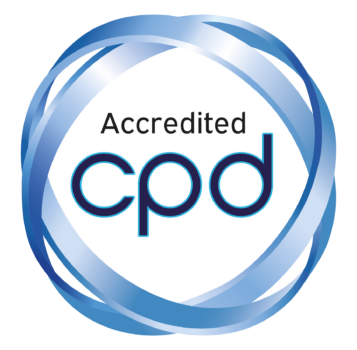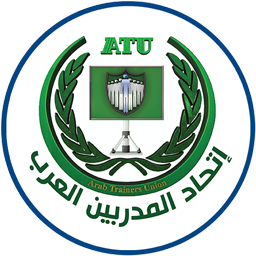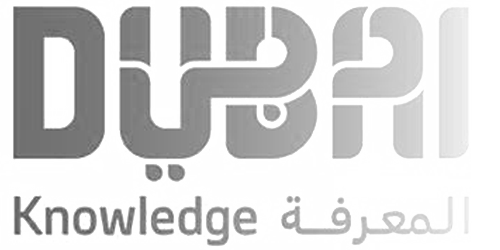DISC’s keys to success include: implementing an effective cash flow plan, achieving efficiency, running our training like a business, and maintaining a serious business discipline to everything in our training.
DISC’s cash flow plan is to:
- Maintain enough money on hand each month to pay the cash obligations the following month.
- Identify and eliminate deficiencies or surpluses in cash.
- Alter business financial plans to provide more cash if deficiencies are found.
- Invest any revealed excess cash in an accessible, interest bearing, low-risk account, such as a savings account or short-term CD or T-bill.
- Eliminate credit and terms to customers.
- Clearly understand the computer training market, distributions costs and competition, and continually adjusting accordingly.
- Keep enough cash, as an added cushion for security, on hand to cover expenses.
- Reduce accountant expenses by producing our own summary statistics and projections.
To achieve effectiveness DISC will:
- Link our training and development to business strategy by understanding what our customers hope to achieve and dedicating training and development to the fulfillment of those goals.
- Focus on business issues rather than training content by working tirelessly to offer training that matches new and emerging demands.
- Let our customer demand shape our training and development offerings by providing a core curriculum designed to train individuals in basic skills and core competencies. We will also conduct ongoing needs assessments across the organization aimed at making training more strategic and providing training that has more business impact.
- Clarify our training and development business mission by avoiding trying to be all things to all people. DISC will offer more than training to develop employee skills. The training DISC will provide will also contribute—visible and substantially—to fulfillment of our customers’ business strategies.
- See training and development as an enterprise, not as a function by:
- Maintaining intense focus on our customers, their issues, and their needs.
- Being systematic in our efforts to meet those needs efficiently, consistently, and reliably.
- Daring to pursue missions that are linked to the business strategy and focused on business issues; willingly tackling big challenges, even those that are difficult and risky; being ambitious, alert, confident, and pragmatic.
To achieve cost efficiency DISC will:
- Expose hidden costs for businesses by allowing them to see their “true” training costs such as lost productivity, wasted training investments, or lost opportunity. Teaching these businesses how to measure training costs, and what they are getting back from their training.
- Aggressively reduce costs by eliminating duplication.• Build and maintain reliable systems and processes by putting reliable training and development systems and processes in place.
- Operate as a variable cost, not a fixed expense, by understanding that customers spend only at their own initiative. Making training a variable cost makes especially good sense now that the pace of change in business—and the resulting demands for learning—are accelerating so dramatically. We found that there’s no better stimulus to innovate, improve, and become more efficient than having to earn the right to serve customers, each and every day.
- Be flexible and opportunistic in sourcing by strategically linking and focusing on business issues, allowing customers to consistently define the value derived from the training. Clarify precisely what our customers expect from the training; negotiate a results contract; guarantee customer satisfaction.
To maintain a serious business discipline DISC will:
- Continually adapt to ongoing change in the business environment.
- Promote learning not as an ideal but as a way to fulfill specific business-driven objectives.
- Be entrepreneurial—live with risk.
- Structure training to provide exactly what is needed.
- Divide customers into segments and provide each segment appropriate forms of value.
- Document customers’ expectations.
- Write results contracts specifying value to be delivered, at what price, customers’ role in achieving targeted results.
- Offer service guarantees.

















